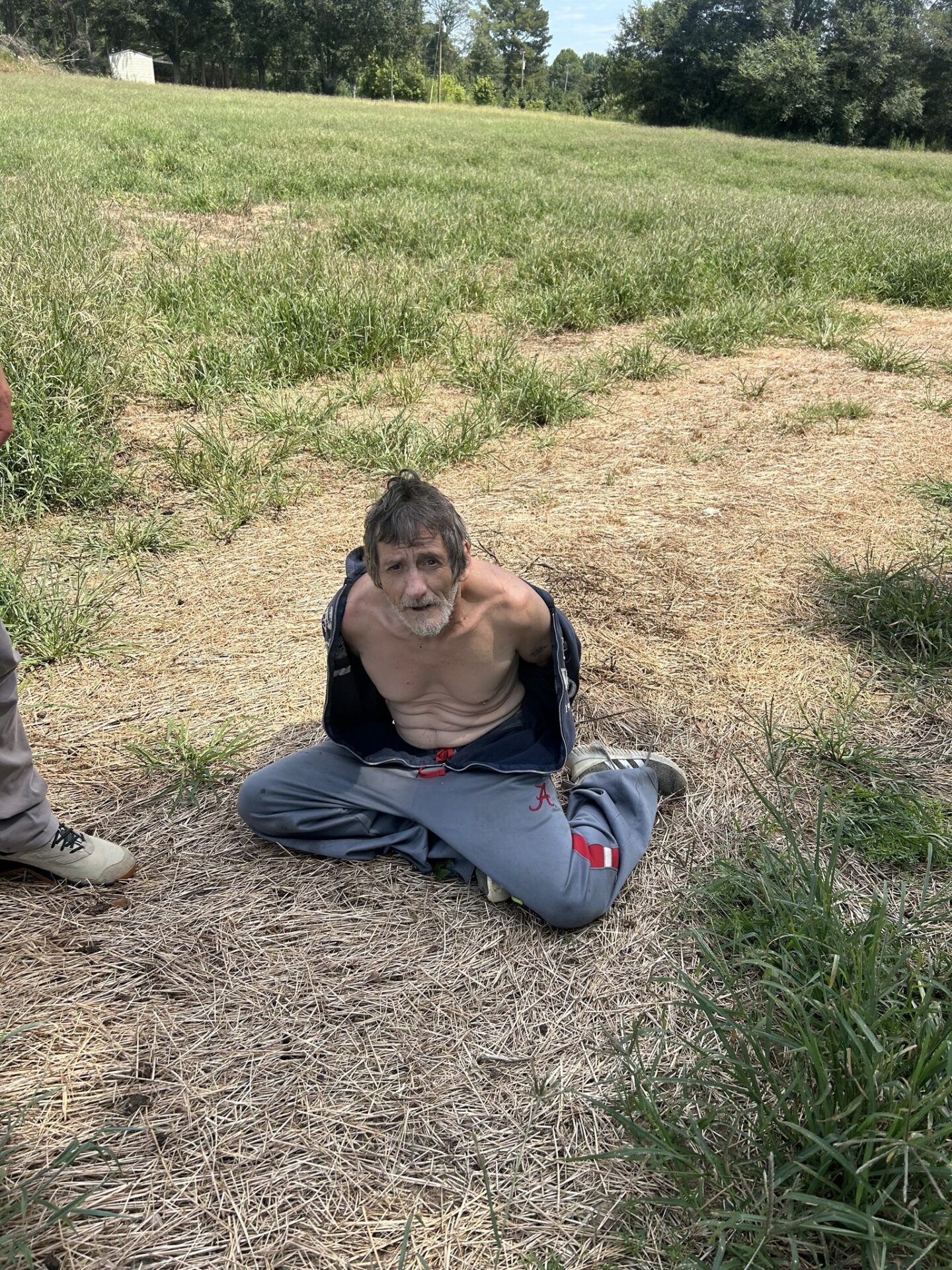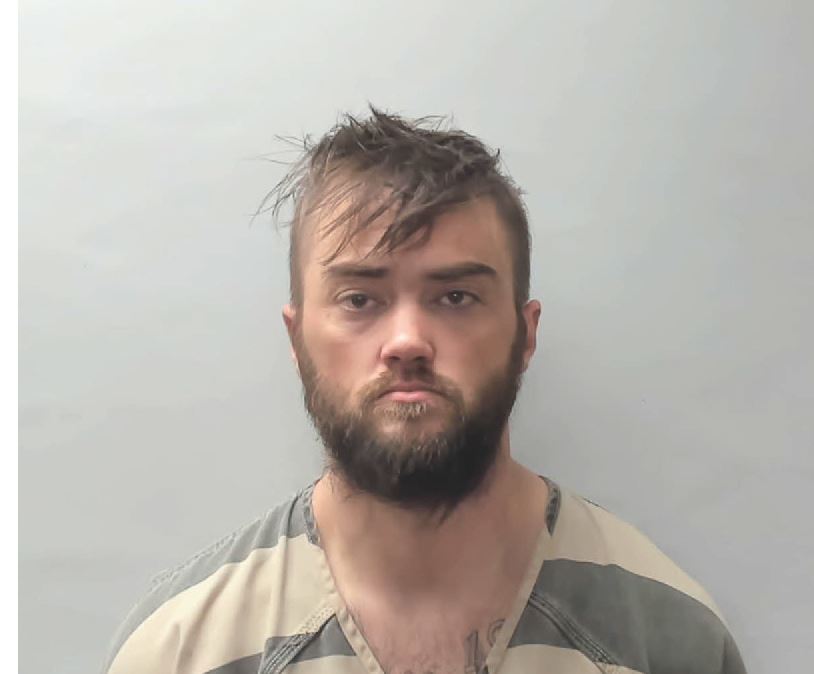
(NEW YORK) — President Vladimir Putin’s declaration of martial law on Wednesday officially imposed it only in four occupied regions of Ukraine. But many experts said in reality Putin appeared to have laid the groundwork to apply a form of martial law across the whole of Russia, just under another name.
In his public address, Putin portrayed the martial law declaration as a technicality, limited to the Ukrainian regions he illegally annexed last month. But a second decree, published at the same time, also placed all of Russia’s other regions into various levels of increased “readiness.”
Under those readiness levels, powers were granted to local authorities that closely resemble some of those under martial law. It was still unclear how the powers will be applied in practice, but some experts said it meant Putin had imposed a form of martial law across all Russia.
“It creates legal basis to impose martial law across the country or parts of the country without actually declaring it,” Alexander Gabuev, a senior fellow at the Carnegie Institute for International Peace, told ABC News.
The most severe form outside the Ukrainian regions is in eight Russian regions neighboring Ukraine, where local administrations are granted powers to impose curfews, restrict movement, take over factories and transport, potentially apply censorship as well as order the temporary resettlement of people.
The regions are under a “form of martial lite,” Mark Galeotti, a veteran Russia analyst, wrote in the Spectator Magazine. “Vladimir Putin has just moved Russia one step closer to totalitarianism.”
Russia’s southern and central regions, including Moscow, have slightly fewer powers and the rest of the country marginally less.
The decrees grant governors the power to take any measures directed toward supporting Russia’s war effort, in theory giving them almost unlimited authority.
“What’s been declared is the right of the government to take any decision that seems to them necessary. Wherever, for whatever reason,” Gleb Pavlovsky, a former political advisor to Putin and now a political analyst, said in a recent interview.
For now, many regions have sought to reassure citizens the measures will not affect daily life. And most experts said it remained to be seen how they would be applied in practice.
But the move appeared to be an attempt by Putin to rescue his invasion in Ukraine after presenting it as a limited “Special Military Operation.”
The decrees’ primary goal, experts said, was to allow Russian authorities to mobilize resources needed to support the mass troop mobilization.
“I was waiting for this announcement. Their system can’t mobilize this many people without mobilizing state resources too. The state needs more resources directed to the military,” Dara Massicot, a senior policy researcher at RAND Corporation, wrote on Twitter.
The move also appeared to re-direct Russia’s economy toward supporting the war effort. It suggested the Kremlin is trying to ready Russia for a long war while also bracing for possible shocks to the political system coming from the battlefield, such as the likely loss of Kherson, Gabuev said.
“It looks like the Kremlin sees serious sources of worry,” he said. “Here the government really wants to be prepared.”
He added, “It’s significant and it shows the change in the estimate of how the war is going and what kind of mobilization internally first and foremost will be needed to kind of toughen it out and then ultimately win this war by the Kremlin’s definition.”
Copyright © 2022, ABC Audio. All rights reserved.




